China and the United States are some of the world’s biggest countries. They are both huge in terms of size and influence but just how do the two stack up against each other?
This article is going to get into the nitty-gritty about comparing the land area, population, and geography of the two countries.
So if you’re a curious traveler who is looking to better appreciate the size of China, or just love a good comparison, here’s a better look at how these two countries stack up. Let's dive in!
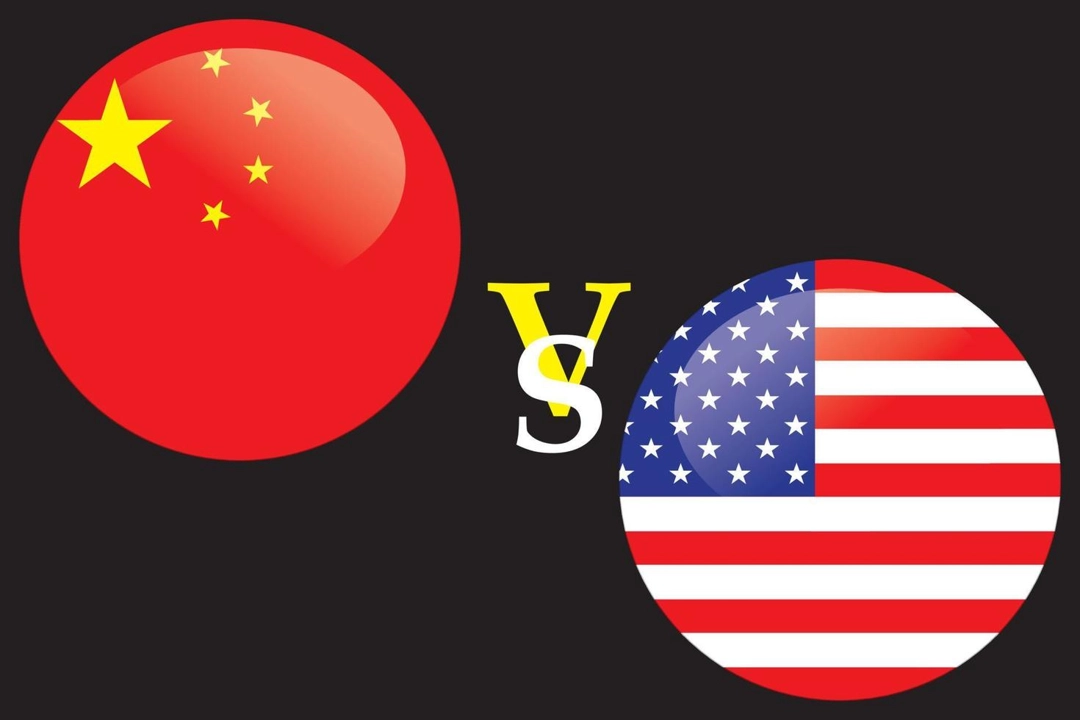
How Big is China Compared to the US?
If you ever see a world map, you’d notice both China and the US span a good deal of the distance across continents. But which is actually bigger? Well, it depends. In terms of total area (including land area plus internal water bodies like lakes and rivers), the United States is just a tad larger.
The US is 9.83 million square kilometers (3.8 million square miles) and China approximately follows with 9.6 million square kilometers (3.7 million square miles).
However, if you are looking just at the land area — and not including inland water — then China does beat the US. China has 9.3 million square kilometers of land, compared to 9.1 million square kilometers of land in the US.
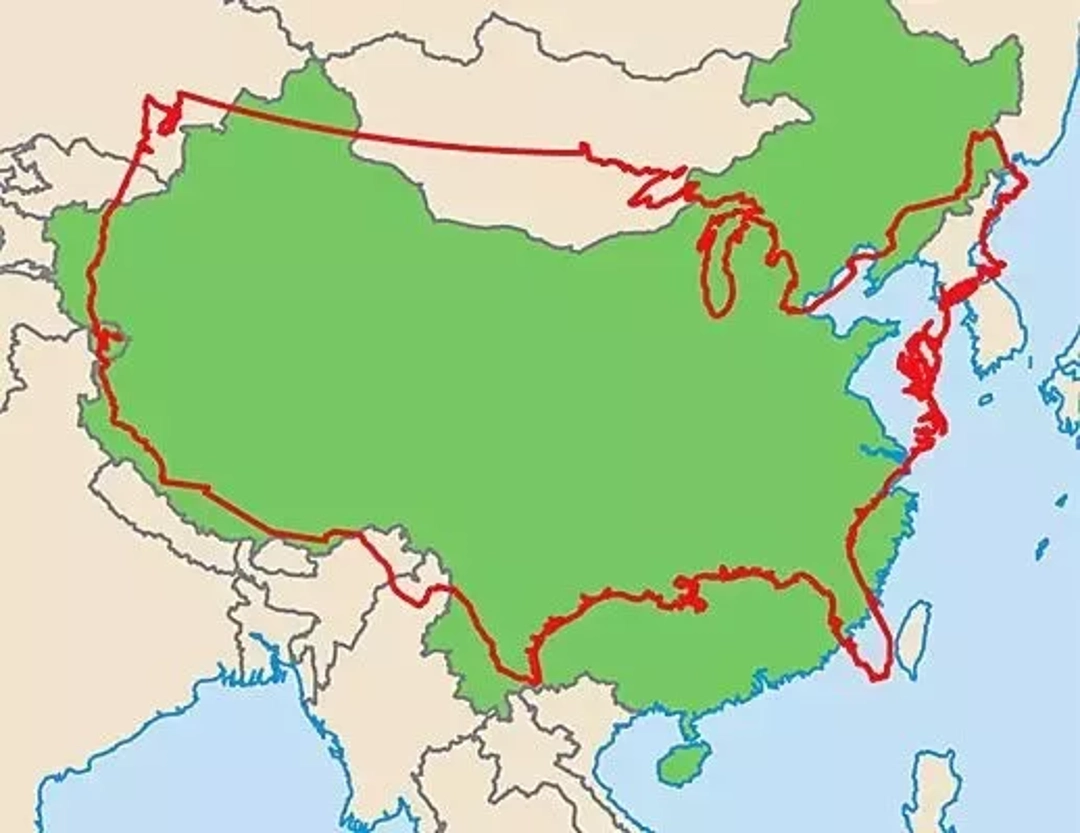
So in short:
Total area? The US is a bit bigger.
Land only? China takes the lead.
Either way, it’s a near tie. And the difference is small enough that both countries be classified as “gigantic” in terms of physical size.
But it’s not just the numbers that make each country unique; it’s the physical use of the land — deserts, mountains, cities, farmland — that distinguishes them from one another.
Geography and Landscape Diversity
China and the United States are both exorbitantly large countries with tons of different landscapes. You could spend weeks in either country and feel like you were visiting a dozen different places.
In China, you can see Himalayan-sized mountains in the west, rice terraces that compete with the best of southeast Asia in the south, deserts almost rivaling the Gobi to the north, and river valleys that can match the earth’s most impressive.
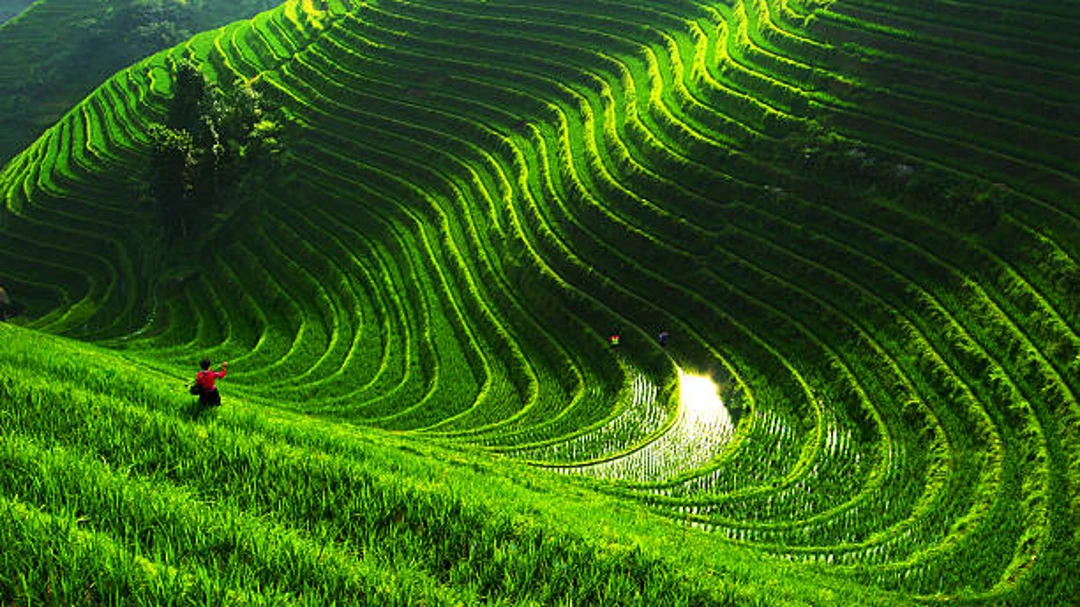
Its local cuisines and cultures will be largely influenced by the geology of the country — spicy dishes come from Sichuan’s humid climate, seafood from the coastal populations, and noodles from the northerly residents.
The US offers a completely different yet still as diverse landscape with the Midwestern plains, Rocky Mountains, desert of Arizona, and the forests of the Pacific Northwest.
Factor in the coasts of California and Florida, the icy wilderness of Alaska, and the volcanic terrain of Hawaii and you have a country with every type of landscape.
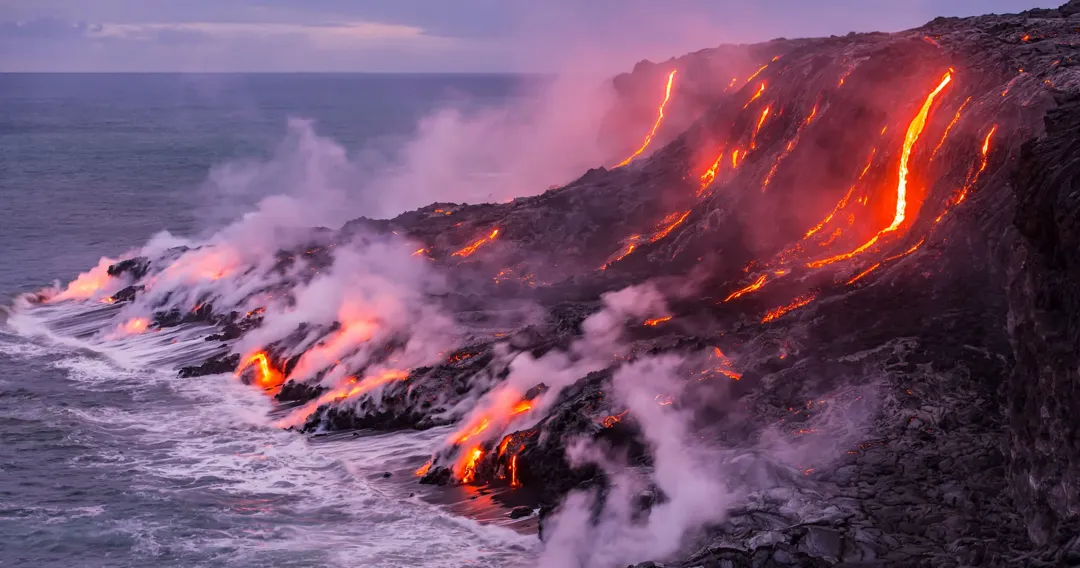
However, each country, while covering a similar latitudinal expanse, is very different when it comes to the nature found within them, which is what makes both so interesting to visit.
Population Comparison
In terms of population, China and the US couldn’t be more different. With 1.4 billion people, China has an astonishingly high population number, while the US has just 330 million.
That’s a massive disparity! In other words, nearly one out of every five people on the planet resides in China.

Now, if we consider population density, the plot thickens even further. Given its huge numbers, China is full of packed cities and busy streets. Conversely, the US has many areas that seem wide open and empty.
How people experience life and get from A to B is influenced by these figures, which has ramifications for things like urban design and mass transit.
Time Zones and Regional Differences
As you’ll see when you travel the country, China is so large that it must have more than one time zone. Right? Nope!
This is because, while China is divided into five geographical time zones, the country only enforces one official time: Beijing Time. So, when it’s noon in the capital, it’s noon in every one of the five time zones!
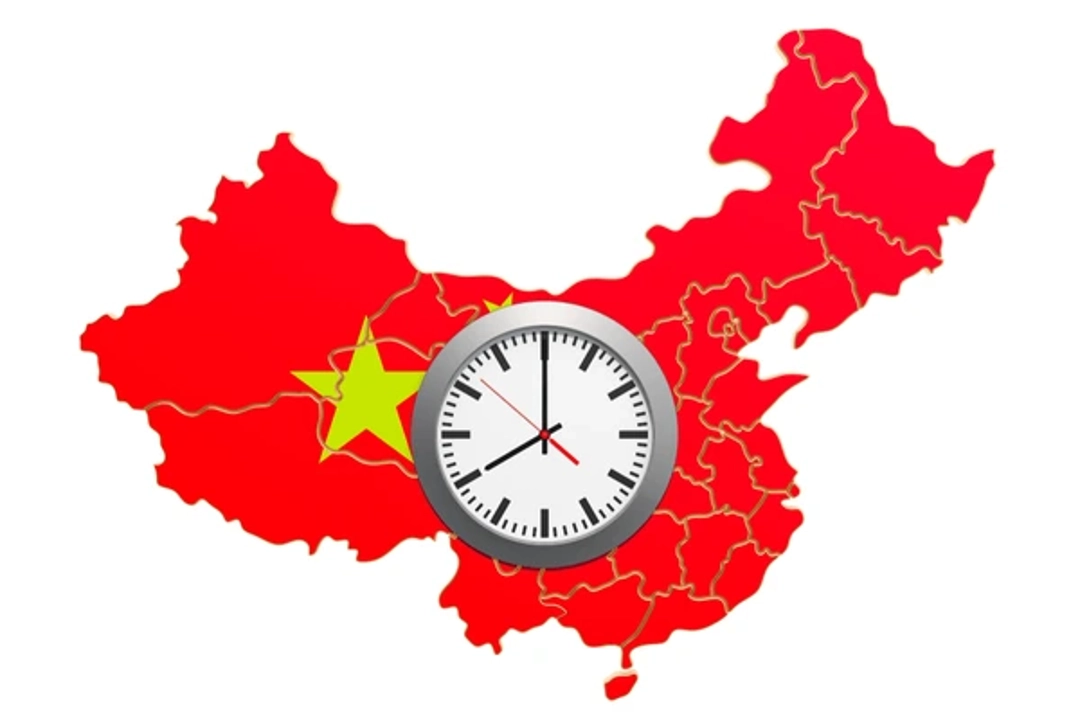
By comparison, the US operates across multiple time zones — Eastern, Central, Mountain, Pacific, plus Alaska and Hawaii — permitting each region to experience its own version of the day in a harmonious sort of way.
Of course, it also makes time management — say, arranging a meeting from New York to Los Angeles — a bit of a headache.
These time variations are simply reflective of the country’s wide-ranging regional identity, with each clock zone running on its own peculiar culture.
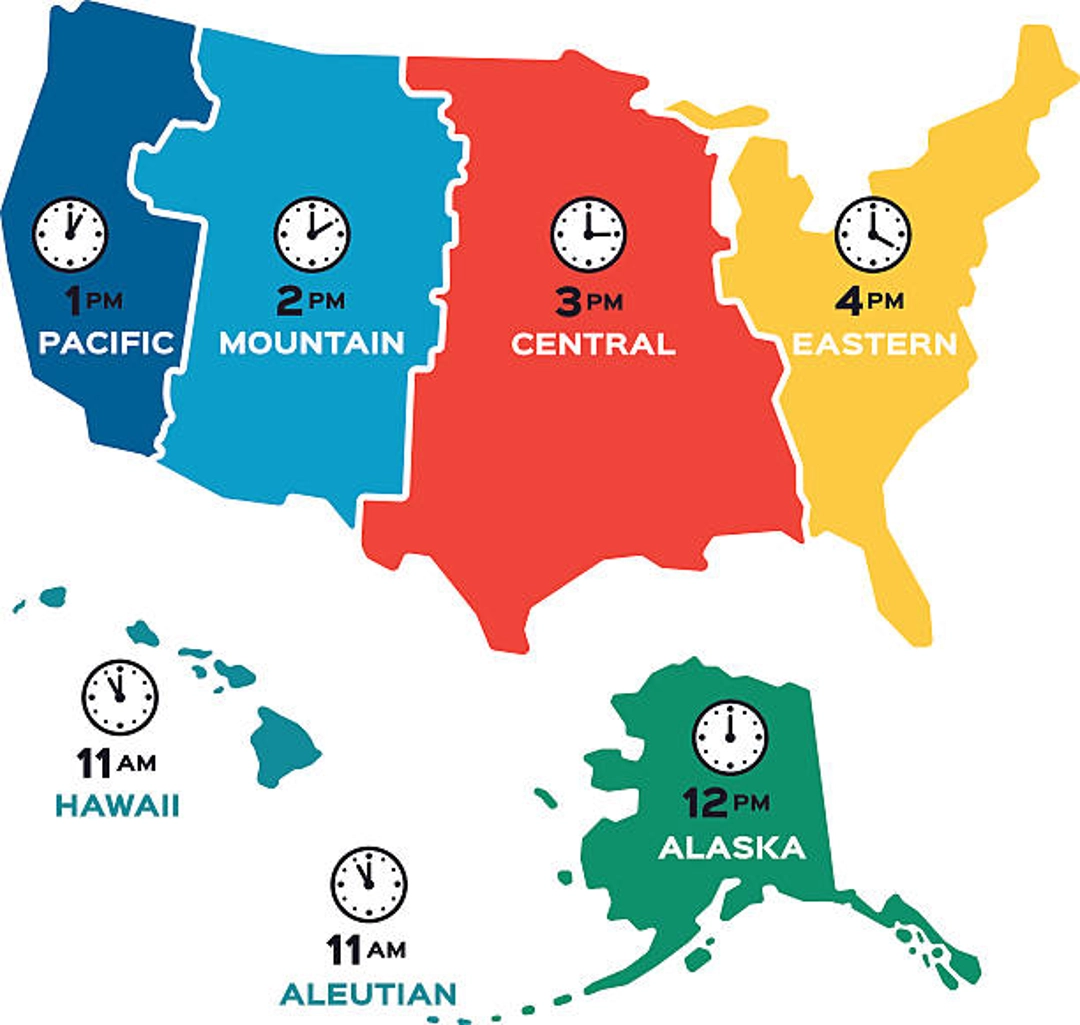
FAQ
1. What river is longer in China than in the US?
In China, the longest river is the Yangtze River, and in the United States it’s the Missouri River.
2. Is China home to more national parks than the US?
The United States boasts national parks than any other country, with more than 60, while China has over 50 national parks, most of them historical and cultural rather than natural.
3. Which country has more natural resources?
Both China and the US boast abundant natural resources, such as coal and rare earth minerals in China, large swaths of agricultural land, a hefty coal supply, while the US is one of the world’s top oil, natural gas, and timber producers.
4. Which country has more coastline?
The US actually has a longer coastline than China, with around 12,380 miles (19,900 kilometers) versus 9,000 miles (14,500 kilometers) for China.
Conclusion
In summary, China and the US are huge countries, but in terms of their geography, population, and urbanization, they are actually quite different from one another. Though slightly smaller in overall size than the US, China is the world’s largest and most populous country.
Exploring both will give you a good sense of how size and scale have shaped not only the land’s layout but also culture, the economy, and daily life.
